
We recently posted the following question on our Instagram, Twitter and Facebook pages:
Have you ever had any problems at work because of your scoliosis?
Here are some of the replies we received from our followers:
"Yes. I work as a vet nurse, so holding / carrying large dogs and being on my feet all day are very painful. I've had to reduce to part-time hours as I cannot cope with full-time due to constant muscular pain."
- Amy, via Facebook
"I'm always in pain and feeling uncomfortable, and people think I'm faking it which is upsetting."
– Florentina, via Instagram
"It makes things very difficult, I can't sit or stand for too long."
- Em, via Facebook
“I can’t do long surgeries”
– Dr Eric, via Instagram
"Yup, had to move desks as the desk was a wave shape and my rib cage kept catching on the desk because the wave didn't fit with my curve!"
- Debbie, via Twitter
"My supervisors threatened to fire me because I wasn't lifting heavy bins, etc."
– Hiba, via Instagram
"I've been turned down for many jobs due to scoliosis."
- Tanya, via Facebook
As you can see, many people with scoliosis have encountered challenges in their professional lives as a result of the condition and its symptoms.
But this doesn't mean that scoliosis has to stand in the way of your career ambitions.
Could ScolioGold treatment help you to achieve your career goals?
Here at the Scoliosis SOS Clinic, we've helped thousands of scoliosis patients to manage their condition and continue following their dreams. Here are just a few examples...
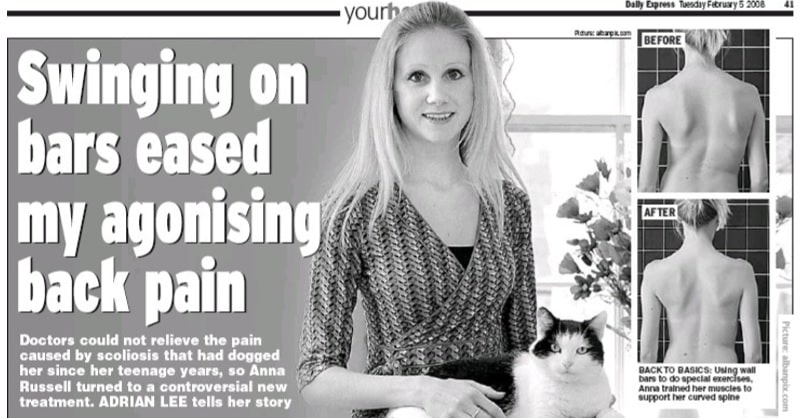
Anna Russell, Solicitor
"By the end of my time [at the Scoliosis SOS Clinic] I could already feel the benefits. My posture is much better, my shoulders more level, and my spine looks straighter. Even my back doesn't ache."
Read Anna's Story >>
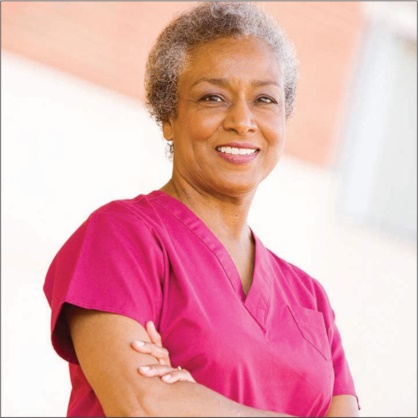
Edie Kirkwood, Nurse
"I have now gone back to work, as a result of the treatment, which for me is such a relief. I am one of the few people who generally love their job, and the thought of being unable to continue my passion was very distressing. My life is now back to normal."
Read Edie's Story >>
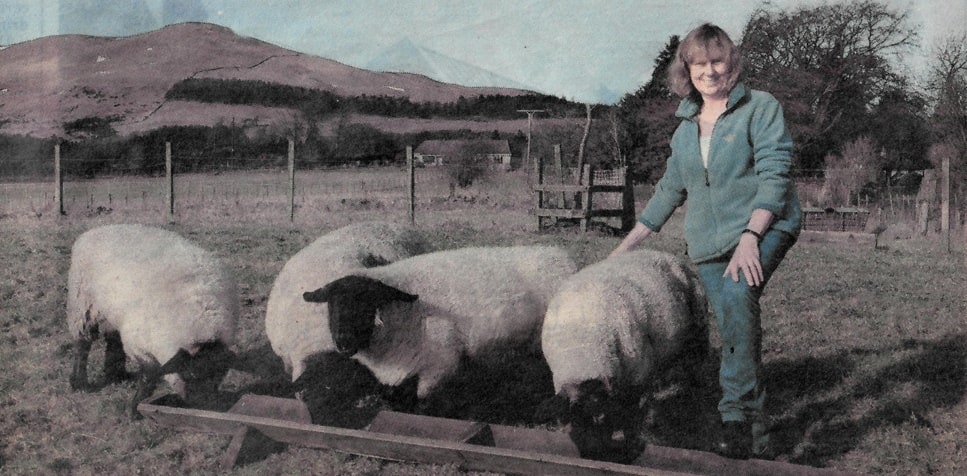
Carol Davies, Farmer
"I suffered for a long time and now I'm standing up straight, which I certainly wasn't before...we're now planting broadleaf trees for conservation, hoping to help with the carbon footprint of the world."
Read Carol's Story >>
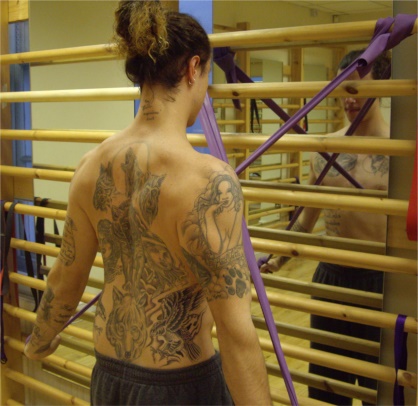
Craig Piepru, Tattoo Artist
"I was suffering on a daily basis, sometimes to the point where I just had to stop working. The pain really was draining the life out of me."
Read Craig's Story >>
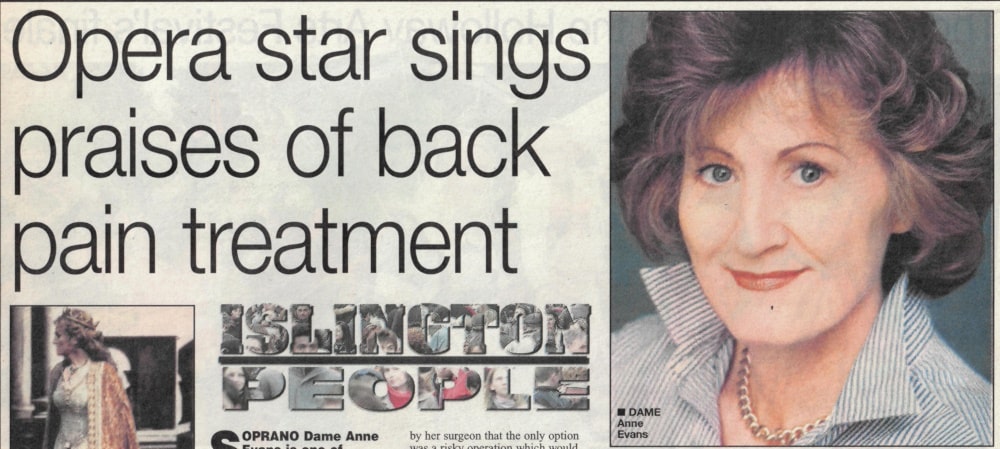
Dame Anne Evans, Opera Singer
"I had been suffering from excruciating back problems for some time and had been advised that the only answer was surgery. My condition was aggravated by the physical activity that was an integral part of my career as an opera singer. I cannot explain how grateful I am to Scoliosis SOS. I was given a programme tailored to my particular needs...if I get a twinge of pain, instead of popping anti-inflammatory pills, I just go to the bars for a few exercises and it goes away."
Read Dame Anne's Story >>
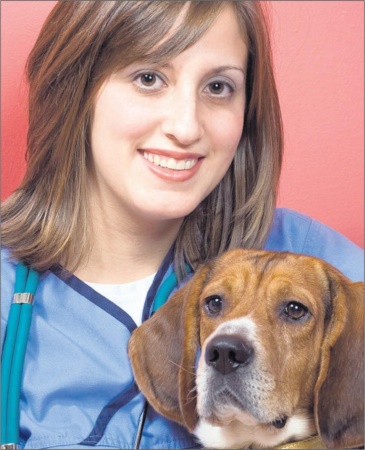
Josie Stone, Vet
"I am ecstatic to have found these exercises. No words can describe the relief I felt when my pain started to disappear. I have always wanted to work with animals, and the idea of having to put off my dreams and go through major surgery was terrifying. I feel so lucky to have found an answer to my problems."
Read Josie's Story >>
And if all of those stories haven't convinced you, consider this one final response we received to the question we posted on social media: Have you ever had any problems at work because of your scoliosis?
"All the time! Although much less after working with you legends."
– Faye via Instagram
Use the links below to find out more about the Scoliosis SOS Clinic and how we can help you to overcome the problems some face while working with scoliosis.
About Our Treatment Method Book an Initial Consultation
Further reading: Coping with Scoliosis When You Work at a Desk